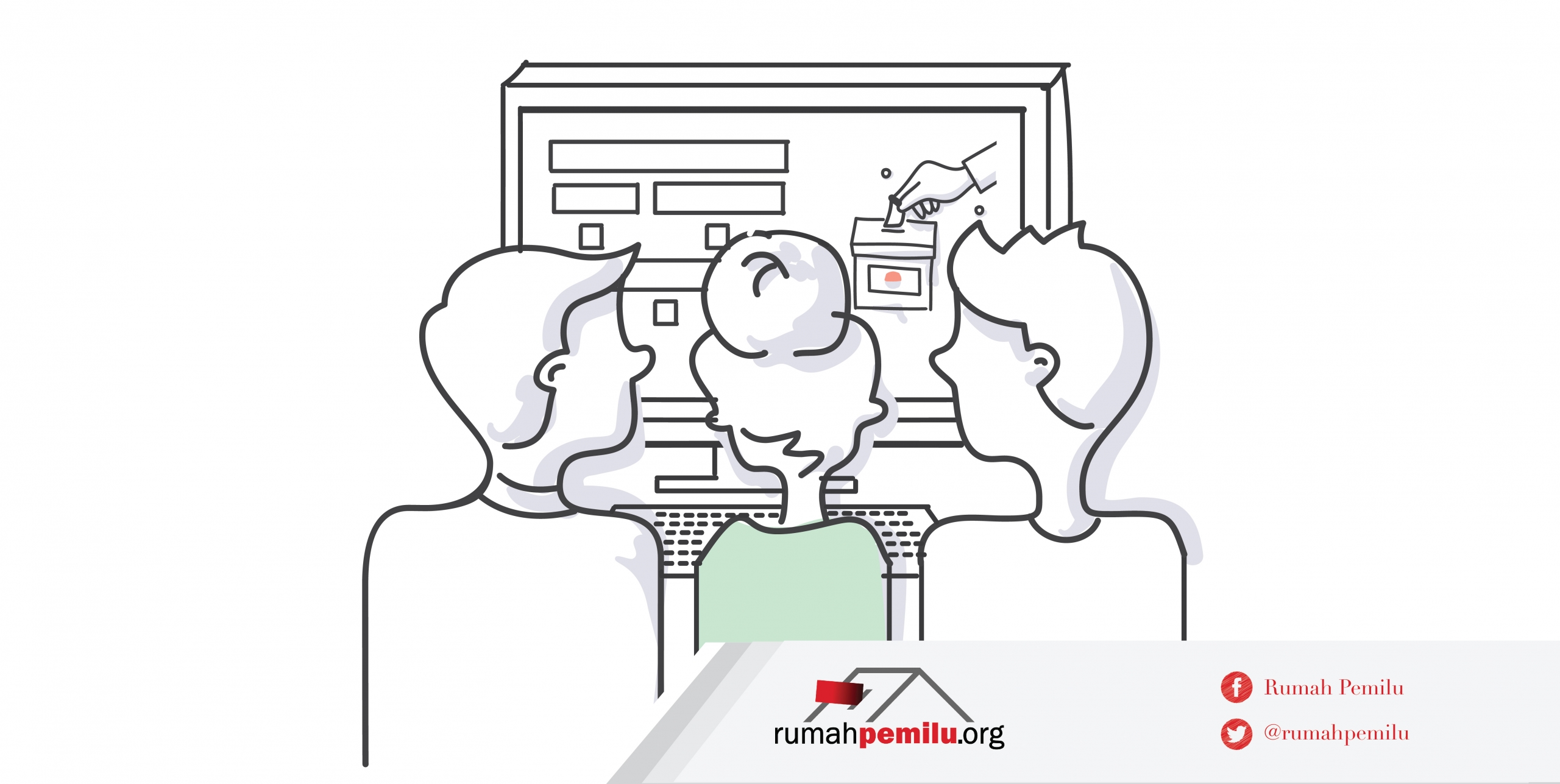KPU promises to open the data stored in the Political Party Information System (Sipol) after the registration process has ended. What kind of data should be made open to public?
The Elections Commission (KPU) is rather late in opening the data in Sipol to public. On the first day of the political party registration phase on Tuesday (10/03), Sipol can only be accessed by a few people—only political party members and KPU staffs. Even KPU only gave permission to the Elections Monitoring Body (Bawaslu) to access Sipol on the third day of the registration process (10/05), only after Bawaslu file a complaint. KPU then promises that they will make the data in Sipol available to public.
Many elections activists disappointed by KPU because they did not provide full access to the public from the beginning. As the consequence, the registration process is less participatory. The public can’t know the status and progress of the registration process. What if the majority of public are doubtful about the legitimacy of the process? It is important for KPU to be more transparent and open about Sipol.
What Should be Made Available to Public
Titi Anggraini, the Executive Director of the Association for Elections and Democracy (Perludem), argues that all data contained in Sipol should be made open and accessible to public. “Ideally, all the data uploaded by political party into Sipol as required by the Elections Law Article 173 paragraph (2) should be available to the public, as long as it does not contradict the UU KIP (the Law on Public Information Transparency),” says Titi (10/13).
Referring to Article 173 paragraph (2) of Law No.7/2017 and Article 13 paragraph (2) of Law No.11/2017, Rumah Pemilu classify all the data contained in Sipol that can be made available to the public. Those data are classified into two types: profile of political party and party membership data.
In regards with data on the profile of political party, there are at least five data that can be made public. Those data are—first—name of the party, symbol, and icon. Second, a copy of the legal certificate of the party as specified in the Political Party Law. Third, a copy of the party’s Articles of Association. Fourth, the number of bank account of the party at the national level, provincial level, and regency/municipality level. Fifth, full address of the party office at the national, provincial, and regency/municipality level.
In regards with data on party membership, KPU can publish the name of party officials as contained in the membership documents submitted to KPU at the national, provincial, and regency/municipality level. KPU should also publish the data on gender of the party members, so the public can see if the political party are obeying the 30 percent gender quota regulation for women.
What Should be Kept Secret
KPU should keep the name of party members secret. They can just publish the total number of members of a party. Personal data of party members should be protected. Publishing such data may be dangerous to the member itself and may facilitate money politics.
“Personal data of a party member should be protected to prevent any political intimidation. Ideally, political preference should be genuine without any fear of intimidation. ID number and address of the member should also never be published,” Titi Anggraini says.
If KPU publish the name of party members, the member may be targeted for political intimidation. For example, they may be threatened to denounce their membership during verification process. Or they may be targeted for money politics, by offering them money to not voting for their party during the voting day.
 Rumah Pemilu Indonesia Election Portal
Rumah Pemilu Indonesia Election Portal




